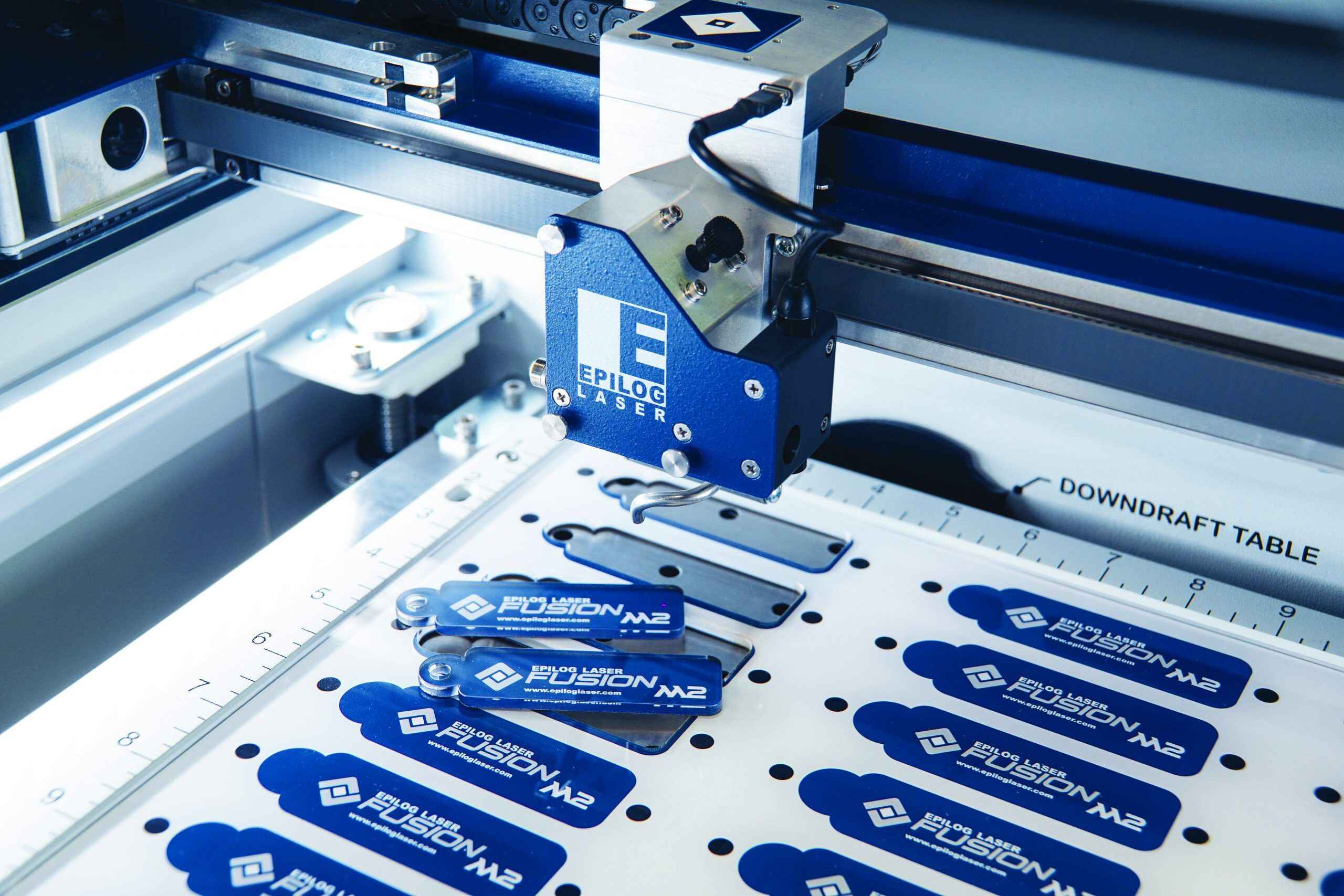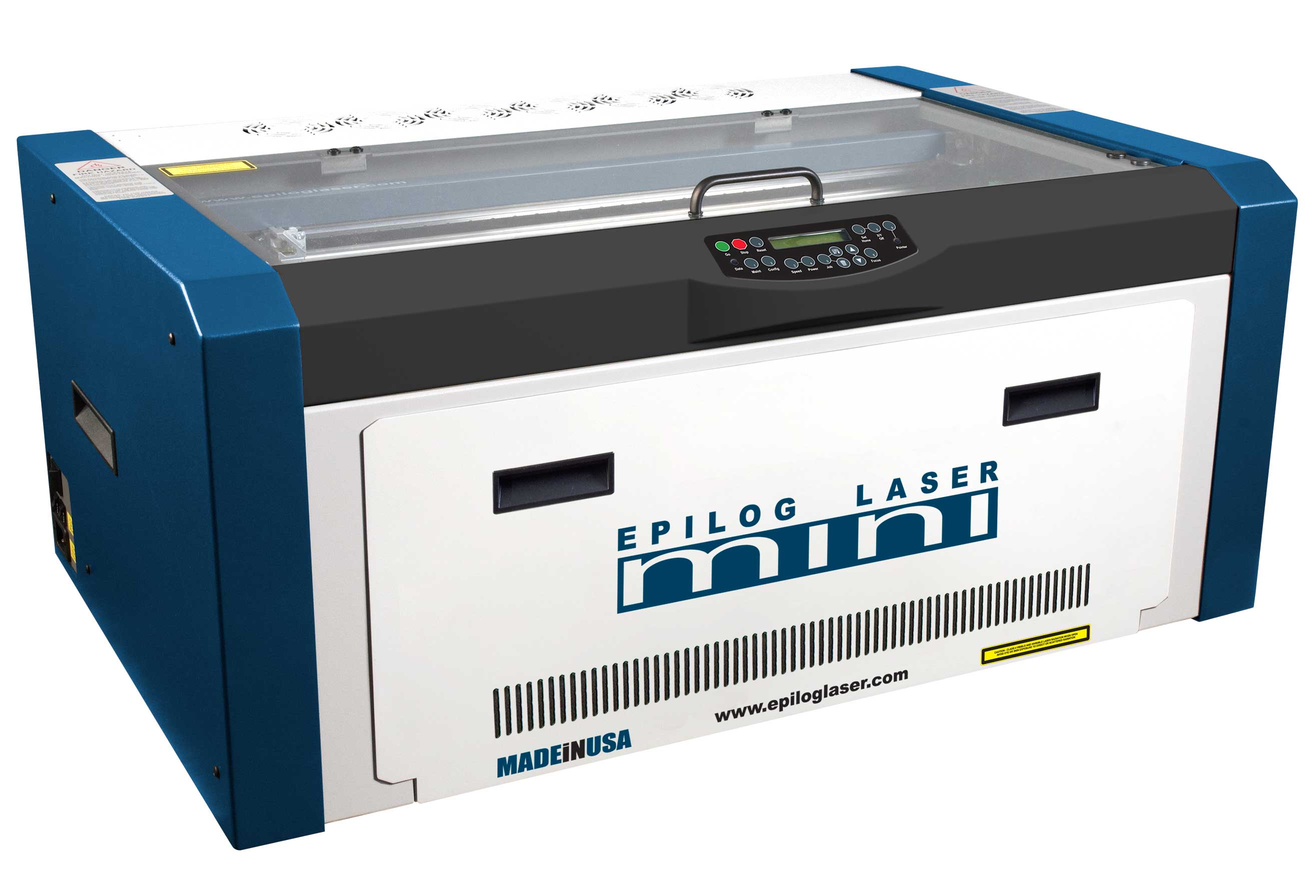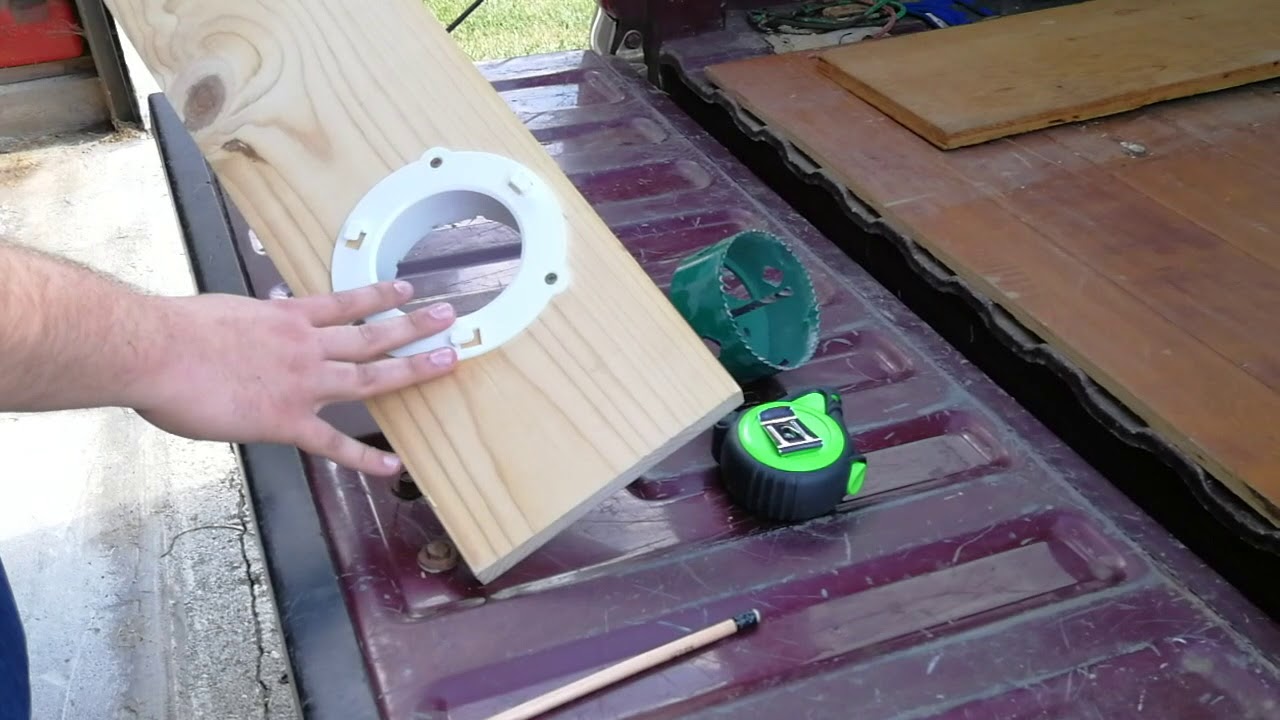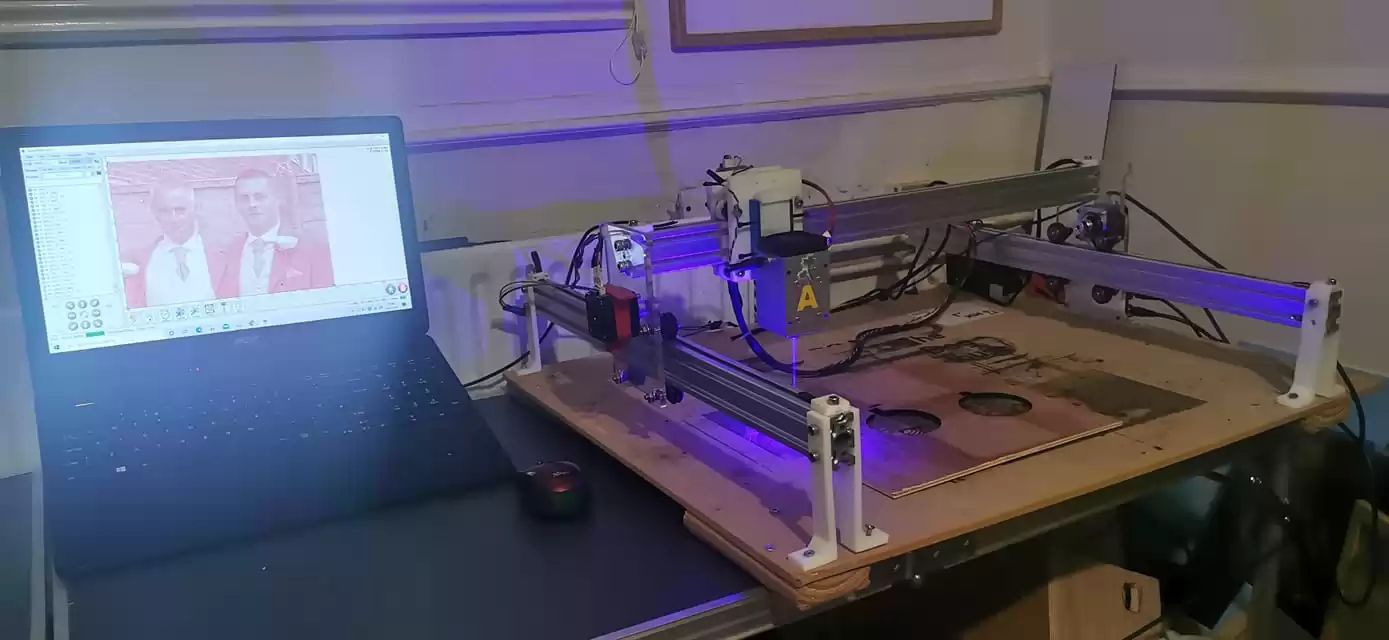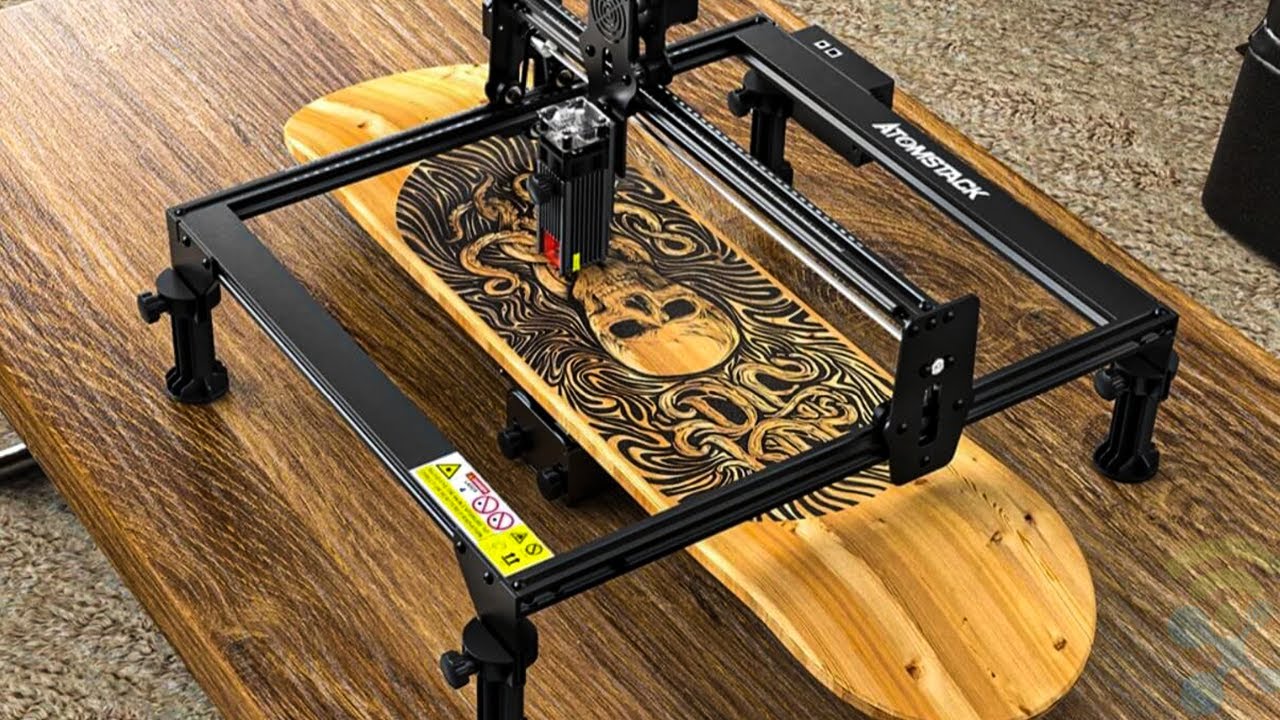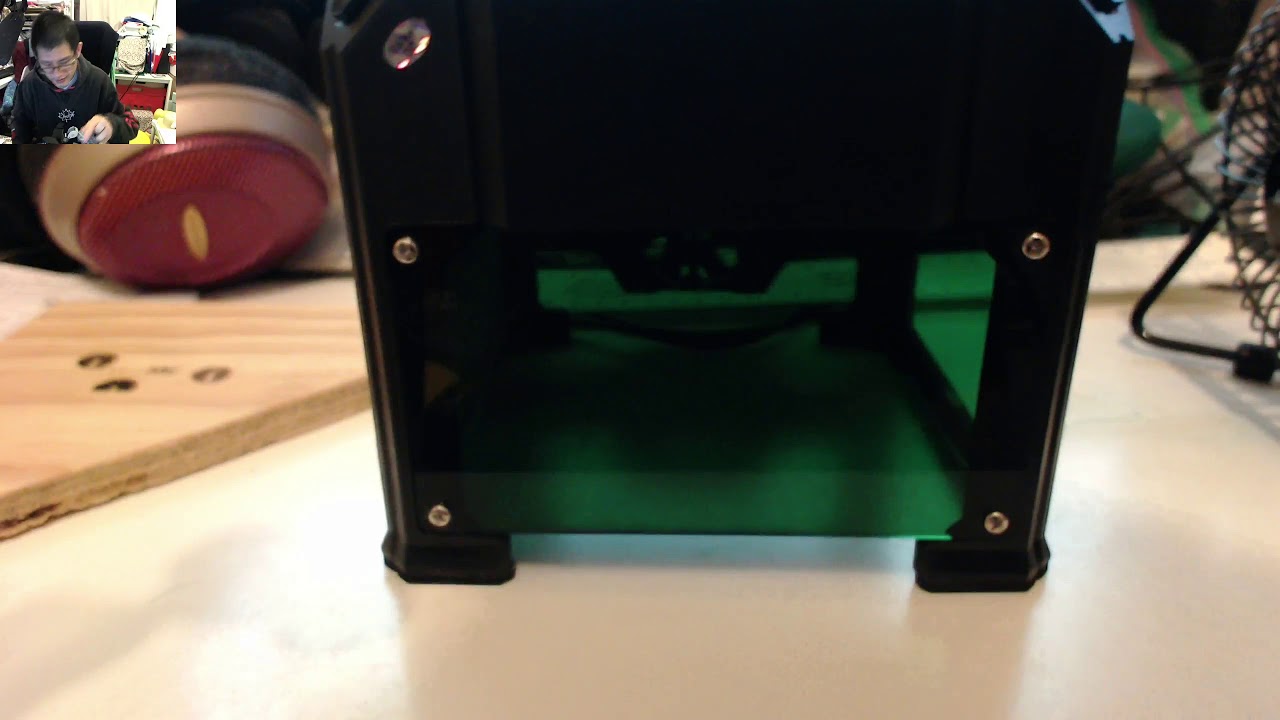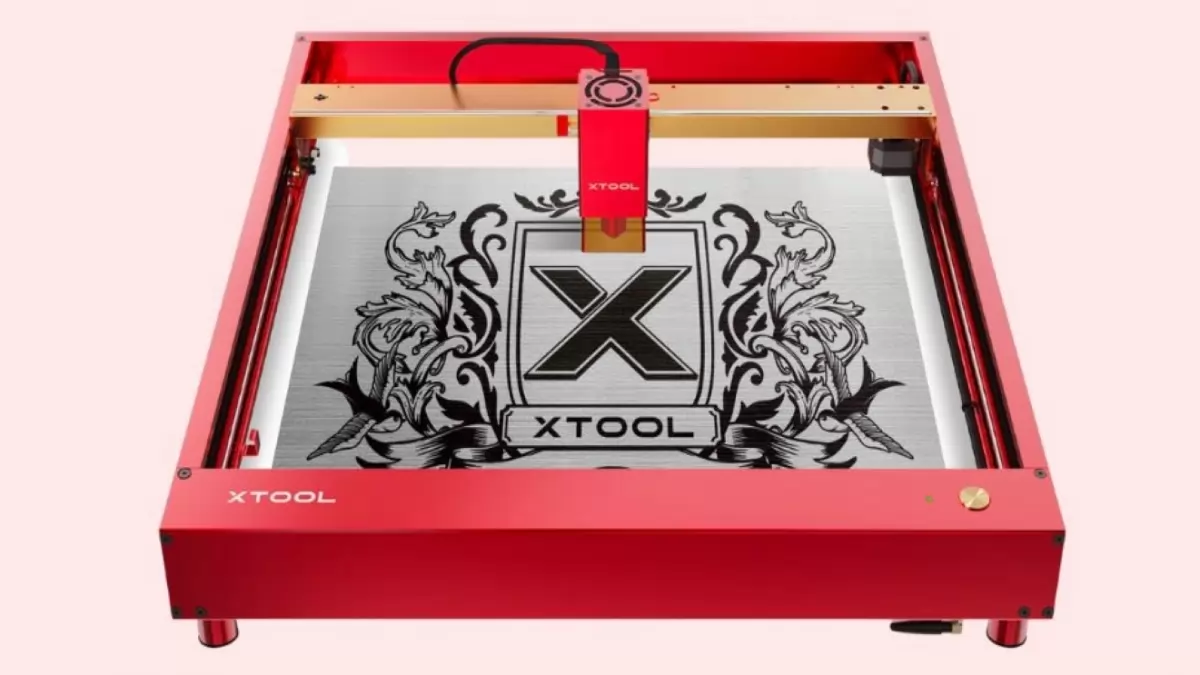Introduction
When a fire incident occurs, the damage it inflicts can be devastating, both mentally and financially. If you have experienced a fire in your workshop or business, and your Epilog laser engraver is one of the casualties, you may be wondering if there is any hope for its recovery. The good news is that with some careful assessment, cleaning, and repair work, you may be able to bring your Epilog laser engraver back to life.
Before attempting any repair work, it is crucial to ensure your safety and the safety of others. Make sure the area is clear of any electrical hazards or potential sources of ignition. It is also recommended to wear protective gear, such as gloves and a mask, during the repair process.
Assessing the extent of the damage is the first step in repairing your Epilog laser engraver. Inspect the machine thoroughly, looking for visible signs of fire damage, such as charred or melted parts. Keep in mind that even if the damage appears minimal, there may be underlying issues that need to be addressed.
Once you have assessed the damage, the next step is to clean the machine. Remove any debris, ashes, or soot from the surface of the engraver. Use a soft cloth or brush to gently clean the exterior and interior parts. Be cautious not to use excessive force, as this may further damage the machine.
If certain parts of the laser engraver have been burned or melted, they may need to be replaced. Contact the manufacturer or a certified technician to inquire about obtaining the appropriate replacement parts. Follow the manufacturer’s instructions or seek professional assistance when replacing any burned or damaged components.
Assessing the Damage
After a fire incident, it is essential to carefully assess the extent of the damage to your Epilog laser engraver. This step is crucial to determine the level of repair and restoration needed. By thoroughly examining the machine, you can identify any visible signs of fire damage and any potential hidden issues that may arise.
Start the assessment by visually inspecting the exterior of the laser engraver. Look for any charred or melted parts, as well as discoloration caused by the heat. Pay close attention to the power source, ventilation system, and control panel, as these areas are often most susceptible to damage.
Next, open up the machine and examine the interior components. Look for signs of heat damage or melting, particularly in areas where there are electrical connections or exposed wiring. Inspect the laser tube, mirrors, lenses, and any other critical components to ensure they are intact and undamaged.
It is also important to check the condition of the engraving bed and any other surfaces that come into contact with materials during the engraving process. Look for warping, charring, or other indications of heat damage that may affect the engraver’s functionality.
In addition to visual inspection, it is worth conducting a functional test of the machine. Turn on the engraver and observe any irregularities or issues that may arise during the startup process. Pay attention to the sound, airflow, and any error messages displayed on the control panel.
If you are unsure about the extent of the damage or need assistance in assessing the engraver, consider consulting with a professional technician or contacting the manufacturer’s support team. They can provide guidance and help you identify any hidden damage that may not be immediately apparent.
By thoroughly assessing the damage, you can create a clear plan of action for the repair and restoration of your Epilog laser engraver. This step is crucial in ensuring that the machine is thoroughly fixed, minimizing the risk of further complications down the line.
Cleaning the Machine
After assessing the damage to your Epilog laser engraver, the next step in the repair process is to thoroughly clean the machine. Cleaning is essential to remove any residue, debris, or soot that may have accumulated during the fire incident. By ensuring the machine is clean, you can prevent potential issues and ensure optimal performance after the repair.
Start by carefully wiping down the exterior of the laser engraver using a soft cloth or sponge. Dampen the cloth or sponge with a mild cleaning solution that is safe for use on electronic equipment. Avoid using abrasive cleaners or excessive moisture, as this can cause further damage.
Pay close attention to the control panel, buttons, and other areas that may have come into direct contact with soot or debris. Gently clean these surfaces, being careful not to apply too much pressure. If needed, use a cotton swab or soft brush to reach crevices and difficult-to-reach areas.
To clean the interior components, ensure that the laser engraver is powered off and disconnected from the electrical source. Use a soft brush or compressed air to remove any loose debris, dust, or soot from the inside. Be cautious when cleaning delicate components, such as lenses or mirrors, to avoid scratching or damaging them.
If there are any removable parts in the machine, such as the engraving bed or covers, remove them and clean them separately. This allows for a more thorough cleaning and ensures that all surfaces are free from contaminants. Follow the manufacturer’s instructions for removing and cleaning these parts, if available.
Once the cleaning process is complete, allow the machine to dry thoroughly before proceeding with any further repairs or testing. Ensure that all components are completely dry to avoid any potential electrical issues or damage.
By properly cleaning the machine, you can remove harmful residues that may affect the performance and longevity of your Epilog laser engraver. A clean machine not only functions better but also provides a safer and more hygienic environment for future use.
Replacing Burned Parts
If your Epilog laser engraver has experienced fire damage, it is crucial to identify and replace any burned or melted parts. Burned components can hinder the engraver’s functionality and safety, so replacing them is essential to ensure proper operation.
Start by carefully examining the machine and identifying any visibly damaged parts. This may include charred wires, connectors, or electronic components. Take note of these parts and make a list of what needs to be replaced.
Contact the manufacturer or a certified technician to inquire about obtaining the appropriate replacement parts. Provide them with the model and serial number of your Epilog laser engraver to ensure you receive the correct components. Manufacturers often have support teams that can guide you in acquiring the necessary parts.
When replacing burned parts, follow the manufacturer’s instructions or seek professional assistance if needed. Some components may require specialized tools or techniques to ensure proper installation and functionality. It is important to follow the correct procedures to avoid potential damage or safety hazards.
If you are not confident in your ability to replace the parts yourself, it is advisable to seek the help of a trained technician. They have the expertise and experience to safely and effectively handle the replacement process, reducing the risk of further damage or issues.
When installing the new parts, ensure that all connections are secure and properly aligned. Double-check the wiring and connectors to guarantee that everything is correctly attached and in the right position. Pay attention to any specific instructions or guidelines provided by the manufacturer during the installation process.
After replacing the burned parts, conduct a thorough visual inspection to ensure that everything is in place and properly connected. Additionally, perform functionality tests to verify that the engraver is operating as expected. Monitor for any unusual sounds, error messages, or issues during the testing phase.
By replacing burned parts, you can restore the functionality and safety of your Epilog laser engraver. Properly installed new components will help ensure smooth operation and minimize the risk of future problems.
Checking the Electronics
After a fire incident, it is crucial to assess the condition of the electronics in your Epilog laser engraver. Heat and smoke can damage electrical components, posing a risk to the engraver’s performance and safety. By thoroughly checking the electronics, you can identify any issues and address them appropriately.
Start by visually inspecting the electronic components for any visible signs of damage, such as melted wires, charred connectors, or burnt circuit boards. Pay close attention to the power supply, control panel, and any other areas where electrical connections are present.
Next, check the wiring and connectors for any loose or frayed connections. Ensure that all connections are secure and properly insulated. Look for any signs of corrosion or moisture damage, as these can also affect the performance of the electronics.
If you notice any damaged or compromised wiring, it is best to replace them with new, undamaged wires. Follow the manufacturer’s instructions or seek professional assistance to ensure proper installation and connection.
It is also important to inspect the circuit boards for any signs of damage, such as burnt areas or blown capacitors. If you are familiar with electronics, you can use a multimeter to test the resistance, continuity, and voltage levels of the components and circuits. Alternatively, consult a professional technician who can perform a more comprehensive electrical assessment.
Additionally, check the laser tube and its connections to ensure they are intact and adequately insulated. The laser tube is a critical component that may have been affected by the fire or extreme heat. If there is any doubt about its condition, consult with the manufacturer or a trained technician for further evaluation.
After checking the electronics, it is crucial to power up the machine and observe its operation. Pay attention to any abnormal sounds, error messages, or flickering lights. Monitor the power supply’s stability and ensure that all controls and functions work correctly.
If you detect any issues or abnormalities during the checking process, it is recommended to consult with a professional technician or contact the manufacturer’s support team for further assistance. They can provide expert guidance and advice on how to address any potential electronic issues and ensure the safe operation of your Epilog laser engraver.
Calibrating the Laser Engraver
Once you have repaired and checked the electronics of your Epilog laser engraver, the next step is to calibrate the machine. Calibration is essential to ensure precise and accurate engraving results. By calibrating the laser engraver, you can optimize its performance and achieve the desired output.
Start by referring to the manufacturer’s calibration instructions specific to your model. These instructions will guide you through the calibration process step by step, ensuring you perform the necessary adjustments correctly.
One crucial aspect of calibration is aligning the laser beam. This involves adjusting the mirror mounts and lenses to ensure the laser beam is properly focused and directed onto the work surface. Follow the manufacturer’s guidelines for aligning the laser beam, as this process can vary depending on the model and configuration of your laser engraver.
In addition to the laser beam alignment, it is important to calibrate the engraving speed and power settings. Experiment with different settings to achieve the desired depth and clarity in your engravings. Keep in mind that optimal settings may vary depending on the material being engraved, so it may require some trial and error.
During the calibration process, it is recommended to test the engraver on a sample material to verify the accuracy of the settings. This will allow you to make any necessary adjustments and fine-tune the engraving parameters to achieve the desired results.
Pay close attention to the engraved output during the calibration process. Look for any signs of inconsistent engraving depth, distortion, or misalignment. Adjust the relevant settings as needed until you achieve consistent and accurate engraving results across the entire work area.
It is important to note that calibration may need to be done periodically or after any significant repairs or modifications to the engraver. Keeping your machine properly calibrated ensures optimal performance and ensures that the engraved output meets your expectations.
If you are uncertain about the calibration process or encounter any difficulties, consider reaching out to the manufacturer’s support team or consulting with a professional technician. They can provide guidance and assistance in properly calibrating your Epilog laser engraver.
By taking the time to calibrate your laser engraver, you can ensure consistent, precise, and high-quality engravings. Calibration is a critical step in maximizing the performance of your Epilog laser engraver and achieving the best possible results in your engraving projects.
Testing the Machine
After repairing and calibrating your Epilog laser engraver, it is crucial to thoroughly test the machine to ensure it is functioning correctly. Testing allows you to identify any remaining issues and make any necessary adjustments before proceeding with regular use or production. By conducting comprehensive tests, you can ensure the engraver’s performance and reliability.
Start by powering up the machine and observing its startup process. Listen for any unusual sounds or vibrations that may indicate a problem with the motor or other moving parts. Check that all lights and indicators on the control panel are functioning properly.
Once the engraver is powered on, test its basic functionalities. Run sample engravings on different materials, such as wood, acrylic, or metal, to verify the quality and consistency of the engraving output. Pay attention to the accuracy, depth, and clarity of the engravings.
During the testing phase, check the efficiency and speed of the engraving process. Monitor the machine’s performance to ensure it completes the engravings within a reasonable timeframe. Evaluate the engraver’s ability to handle different designs and intricacies without experiencing any slowdowns or errors.
Verify the functionality of the control panel by adjusting settings, such as power levels, engraving speed, and focus. Ensure that the controls respond accurately and that the changes are reflected in the output. Test various settings to determine the optimal configuration for different materials and engravings.
Inspect the ventilation system to guarantee proper airflow and cooling. Ensure that the machine does not overheat during an extended period of operation. Check that the ventilation fan is working effectively and that any filters or vents are clean and unobstructed.
If your Epilog laser engraver has additional features, such as rotary attachments or autofocus, test these components as well. Ensure they operate smoothly and integrate seamlessly with the engraver’s main functions.
Finally, closely monitor the machine during the testing process for any signs of abnormal behavior or errors. Pay attention to error messages, warning lights, or any unusual patterns or inconsistencies. Address any issues promptly to prevent further damage or complications.
If you encounter any difficulties or notice significant issues during the testing phase, it is advisable to seek assistance from the manufacturer’s support team or consult with a professional technician. They can provide expert guidance and help diagnose and resolve any problems that may arise.
By thoroughly testing your Epilog laser engraver, you can ensure its reliability, performance, and readiness for regular use. Testing allows you to identify and address any remaining issues, providing peace of mind and confidence in your engraver’s capabilities.
Preventing Future Incidents
After experiencing a fire incident with your Epilog laser engraver, it is crucial to take proactive measures to prevent future occurrences and safeguard your equipment. By implementing preventive measures and following best practices, you can reduce the risk of fire damage and ensure the safety and longevity of your engraver.
First and foremost, routinely inspect and maintain your laser engraver. Regularly clean the machine, including the exterior, interior components, and ventilation system. Remove dust, debris, and any combustible materials that could pose a fire hazard. Check and replace filters as needed to ensure proper airflow and cooling.
Ensure your workshop or workspace is equipped with appropriate fire safety equipment, such as fire extinguishers and smoke detectors. Regularly inspect and maintain these devices to ensure they are functioning correctly and are readily accessible if needed. Train yourself and your personnel on the proper use of fire extinguishers and emergency procedures.
Follow all manufacturer guidelines and recommendations for the operation and maintenance of your laser engraver. This includes adhering to the specified power requirements, ensuring proper electrical connections, and using compatible materials and settings for engraving. Ignoring these guidelines can not only compromise the machine’s performance but also increase the risk of fire incidents.
Implement a comprehensive fire prevention and response plan in your workshop or business. This plan should include regular fire drills, identifying escape routes and emergency exits, and establishing a communication system to alert personnel in case of emergencies. Ensure that everyone in your facility is familiar with this plan and understands their roles and responsibilities.
Consider installing additional fire suppression systems, such as automatic fire sprinklers or fire suppression units designed for laser engraving operations. These systems can provide an added layer of protection and can help contain or extinguish a fire quickly in the event of an incident.
Regularly inspect and maintain the electrical system in your workspace. Check for any damaged or frayed wiring, loose connections, or overloaded circuits. Keep electrical cords and cables organized and away from potential sources of heat or combustion.
Properly store and handle flammable materials in a dedicated and appropriately ventilated area, away from your laser engraver and other potential ignition sources. Follow safety guidelines and regulations when working with chemicals or other hazardous substances.
Stay up to date with any safety recalls or updates from the manufacturer of your laser engraver. Manufacturers may release important information regarding potential fire risks or recommended maintenance procedures. Staying informed ensures that you can take appropriate actions to address any concerns.
By implementing these preventive measures, you can significantly reduce the likelihood of fire incidents and protect your Epilog laser engraver and your workspace. Prioritizing safety and following best practices will provide peace of mind and ensure the continued performance and longevity of your equipment.
Conclusion
Experiencing a fire incident with your Epilog laser engraver can be a devastating situation. However, with careful assessment, cleaning, repair, and preventative measures, there is hope to revive your engraver and prevent future incidents.
Assessing the damage allows you to understand the extent of the fire’s impact and identify any hidden issues. Thoroughly cleaning the machine ensures the removal of debris and soot, providing a clean and safe environment for repair work. Replacing burned parts, especially electrical components, is crucial in restoring functionality and safety to your engraver.
Checking the electronics ensures that all electrical systems are in proper working order, minimizing the risk of future electrical issues. Calibrating the laser engraver is essential to achieving accurate and precise engravings. Carefully testing the machine ensures that all repairs and adjustments have been successful and that the engraver is operating optimally.
Preventing future incidents is crucial to protect your investment and ensure the safety of your workspace. Regular maintenance, adhering to manufacturer guidelines, implementing fire safety measures, and training personnel are all essential steps toward prevention. By staying informed, following best practices, and taking proactive measures, you can minimize the risk of fire and ensure the longevity of your Epilog laser engraver.
In conclusion, recovering from a fire incident with your Epilog laser engraver requires thorough assessment, cleaning, repair, calibration, and preventative measures. By following these steps diligently and seeking professional assistance when necessary, you can restore your engraver’s functionality, prevent future incidents, and continue creating stunning engravings for years to come.







